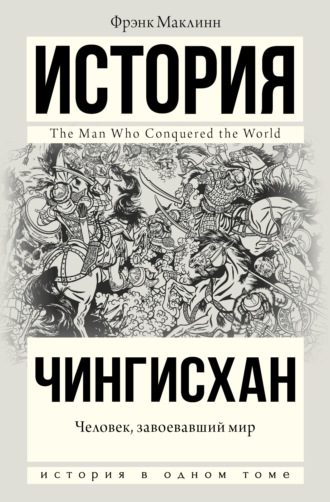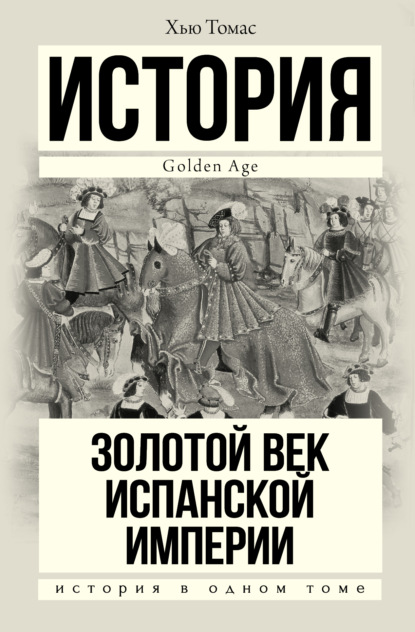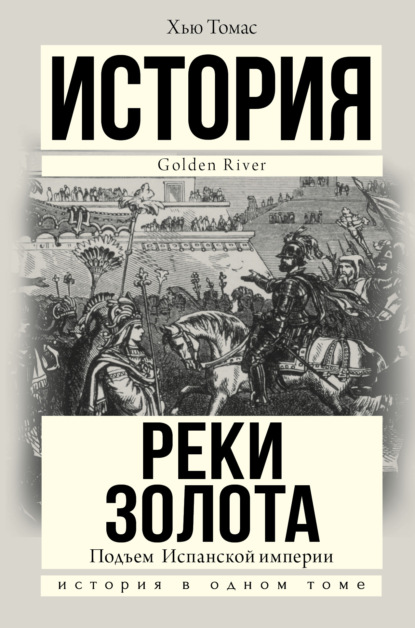Чингисхан. Человек, завоевавший мир

Чингисхан. Человек, завоевавший мир
Жанр: биографии и мемуарыкниги о войнеисторическая литератураисторические личностивоенная историязнаменитые полководцытатаро-монгольское игоЗолотая ОрдаЧингисханисторические событиясерьезное чтениеоб истории серьезно
Язык: Русский
Год издания: 2015
Добавлена:
Серия «История в одном томе»
Настройки чтения
Размер шрифта
Высота строк
Поля
Конец ознакомительного фрагмента




